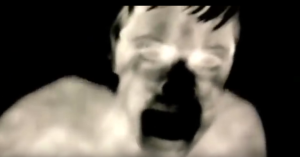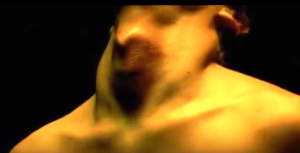I’ve finished EP Thompson’s “The Making of the English Working Class”. It’s a 900 page behemoth that I’ve been reading since the beginning of the year. This is in no sense a “review” – it’s too lengthy and too densely packed with information, and it’s been endlessly discussed over the last 50 years. I just wanted to jot down a few thoughts.

Class consciousness: Thompson paints a picture of the emergence of a coherent, self-identified, working class emerging from pools of agricultural labourers and artisans through to the working class movements of the 19th Century. I’m very impressed with Thompson’s abilities just to see what he saw, to articulate what happened out of a mass of unclear and ill-kept evidence. It shows a real visionary ability be able to see this emergence, and present it back as a coherent picture. His skills as a historian are quite incredible.
What struck me in particular was how he seemed to be writing to the worker’s movements of the 60s and 70s, saying “look, here are your antecedents”. Looking back on this now, on the other side of the “End of History”, I’m conscious of what we’ve lost with the taming of the unions and the outsourcing of large scale industrial work. The creation of the class consciousness Thompson talks about requires a shared, mass experience, which is now gone – the Union movement in the 70s being its high point. There’s a certain sadness in this for me – nostalgia for the revolutionary moment and the possibilities that held ( indeed, this whole blog was intended initially as a response to this).
Riots. They loved a riot back in the 18th Century. It seemed like a national pastime. Riots were frequently connected with food but also to resistance to taxes, press-gangs, new machinery (the book contains a lengthy discussion of Luddism) and a host of other grievances. Thompson has a unique framing though. Even food riots were “rarely a mere uproar which culminated in the breaking open of barns or the looting of shops. It was legitimised by the assumptions of an older moral economy, which taught the immorality of any unfair method of forcing up the price of provisions” (p. 68). It’s refreshing to read an analysis of riots that unashamedly brings out their deepest aspects – riots as expressions of clashing and changing values, values which are deeply held and have roots in the sense of self. Some passages describe the spontaneous repricing of goods by the crowd in non-violent “riots” i.e. forcing merchants to take a price set and viewed as fair by the “mob” – perhaps this is the the true “hand of the market”?
Religion: The passages on Methodism are some of the most insane things I’ve ever read. Thompson provides great detail on the bloodthirsty, life-hating aspects of Methodist thought. Some of the hymns he quotes verge on the psychedelic: “O precious Side-hole’s cavity/ I want to spend my life in thee/ There in one Side-hole’s joy divine/ I’ll spend all future days of mine./ Yes, yes, I will forever sit/ There, where thy Side was split” (p. 408). Thompson creates clear links between this self-directed sadism and repression and the characteristics required of the new industrial worker. In this, he almost steps out of his role as historian into that of a cultural psychoanalyst. Thankfully, he also details contemporary resistance and critique of these ideas. This love-affair with death can’t help but remind a contemporary reader of ISIS and their ilk. Martyrdom as sublimated sexuality. As Thompson puts it “It is difficult to conceive of a more essential disorganisation of human life, a pollution of the sources of spontaneity…” (p. 409).
All in all, an incredible read. I’ve just picked up on three aspects of the book which leapt out to me. It’s an incredibly rich and dense text, and I’m sure I will keep returning to it.











